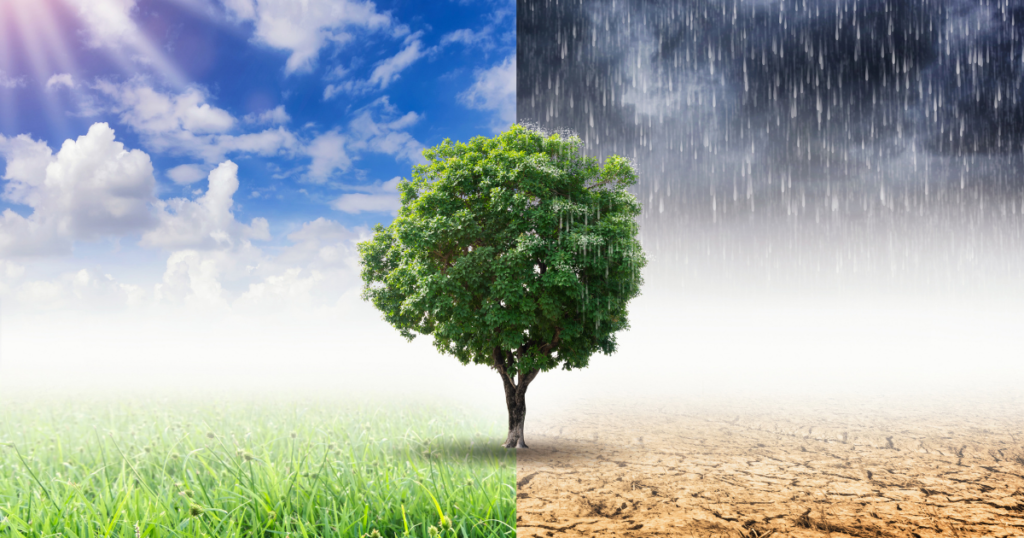Mashable.com | By Rebecca Ruiz on July 11, 2021
The monarch butterfly, known for its distinctive orange color, is now on the verge of extinction. Numbering in the millions in the 1980s, the monarch population has been in steep decline thanks to habitat loss, pesticide use, and climate change. So, in fall 2020, when I spied several monarch caterpillars feasting on a neighbor’s milkweed plant, I excitedly pointed them out to my young daughters. We soon noticed the caterpillars inching their way toward a neighbor’s garage door, where they spun chrysalises, preparing to transform.
They’d arrived at an uncertain time, two months after we’d woken up to a sky made orange by wildfire smoke, and at the beginning of the third COVID-19 surge in the U.S. I drew something altogether human from their presence: The world may be chaotic and unforgiving, but survival is still possible because nature insists on it.
We walked by each day, anticipating empty cocoons. But the days turned to weeks and the butterflies remained locked inside their husks. They would never emerge. The monarchs hanging delicately before us never had a shot.
In early December, looking for answers, I read about scientists tracking the monarch butterfly population. A yearly volunteer count found fewer than 2,000 monarchs, a figure that puts them closer to extinction. When I contacted one of the researchers with my own anecdote and asked if the butterflies’ demise might be related to climate change, the expert said that while nature is full of “small failures,” it’s also possible that warmer temperatures confused the female caterpillar into laying eggs too late in the season. In that scenario, the monarchs hanging delicately before us never had a shot.
I was crestfallen. I couldn’t bear the idea of my children growing up without monarch butterflies — or how that shift mirrors the catastrophes small and large happening on our planet because of climate change. With no way to meaningfully cope with that anxiety and grief, particularly during the bleak winter COVID-19 surge, I left those feelings to idle and fester. Of course, these emotions resurface stronger and more powerful each time I learn of ice sheets melting, heat domes forming, and wildfires blazing.
Burying negative emotions is commonplace in a culture that discourages pessimism about the future. It’s hard to be the downer who talks about a world that could turn apocalyptic in a few short decades. What makes that conversation doubly difficult is the feeling that individual action can seem futile when politicians hedge their bets and refuse to act, whittling away the precious time we have left to stop releasing carbon into the earth’s atmosphere. We are led to believe that our pain belongs to us alone, when in fact the systems we live in — a government and economy built for the wealthy — create the conditions for our suffering.
Yet, as I’ve learned recently, this cycle of reckoning with our rapidly changing planet, feeling overwhelmed by powerlessness, and then living in some form of denial or avoidance isn’t inevitable.
Experts who study mental health and climate change say there are ways to cope with emotions and experiences that can be otherwise debilitating. The goal is to calm the body and mind, make meaning out of confusion and tragedy, and transform our own understanding of what the future may hold so that we can act in meaningful ways, individually and collectively.
Related Video: Even the ‘optimistic’ climate change forecast is catastrophic
“Presencing” and “purposing”
Click here for the rest of the story…
More great articles
- Navigating Michigan Auto Insurance: Understanding Collision Coverage
- Russ Cook Runs 385 Marathons In 352 Days, Becomes First Man To Run Entire Length Of Africa
- Life Insurance Demystified: Whole Life vs. Term Life – Which is Right for You?
- Restaurant’s Quest For Mystery ‘ French Fry Girl ‘ Ends In Heartwarming Discovery
- Shield Insurance’s Roadmap to RV Insurance in Michigan: What You Need to Know




















































